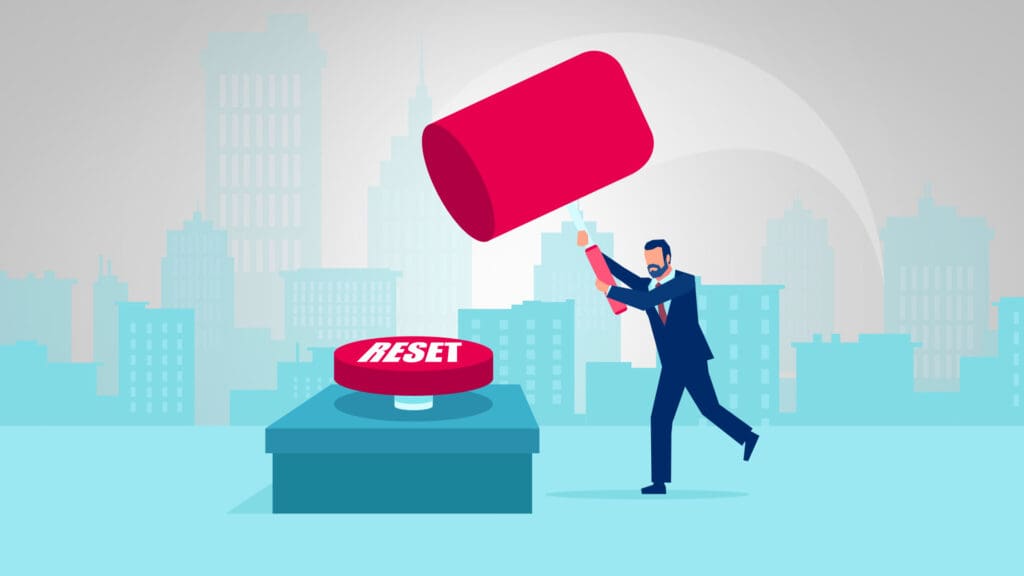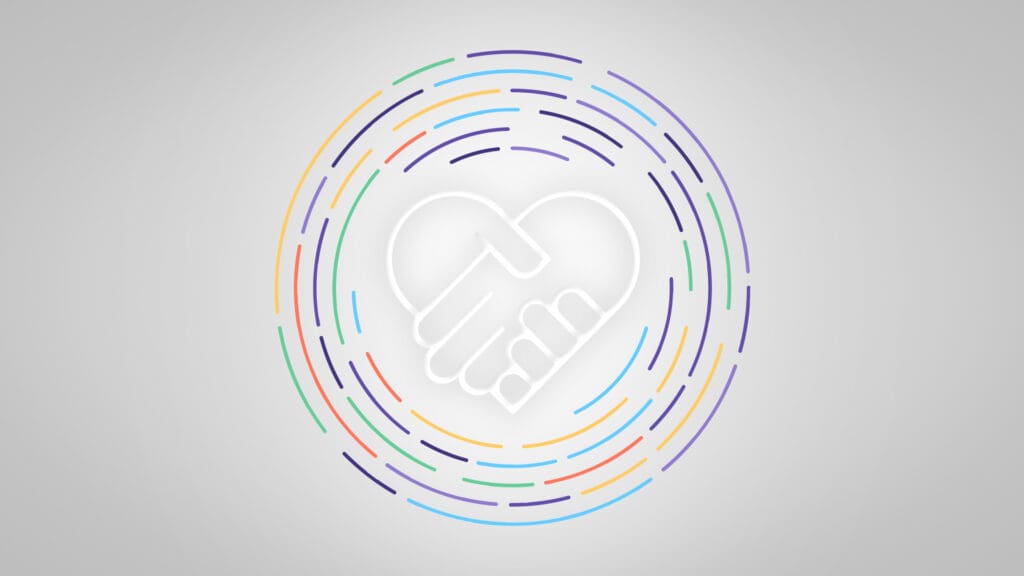
ESG Branding: 11 Ideas for Leveraging Your ESG Practices
It seems like we are always being introduced to important new business acronyms. We’ve got Corporate Social Responsibility (CSR) and Diversity, Equity, and Inclusion (DEI). Then there’s Return on Ad Spend (ROAS), CMOs are now CROs, and the alphabet soup goes on with CRM, CX, UX, CTR, CPC, SEM, SEO, and so on. However, one acronym of growing importance right now is Environmental, Social and Governance (ESG).
Consumers, investors, employees, policymakers, and business partners are becoming more interested in learning the benefits of ESG, driving its importance and complexity for companies and institutional investors. While it’s predominantly linked in its most formal executions with publicly traded corporations, there is value to smaller private companies and brands to enhance or grow a halo effect if done properly, with purpose and authenticity from all involved.
In this edition of Plain Talk, we’re not giving advice on developing an ESG initiative. Instead, we’re focusing on 11 ideas to boost your ESG branding by leveraging your practices.
- What Is ESG?
- Why Is ESG Important?
- 11 Tips for Implementing ESG Branding
- An Example in Action
- ESG Regulations: Looking Ahead
- Get Expert Help With Your ESG Branding
What is ESG?
In case you’re not 100 percent familiar with the details, the experts at Investopedia describe ESG criteria as requirements for a company’s behavior that investors use to determine potential investments. Environmental criteria consider how a corporation protects the environment, such as corporate policies addressing climate change and environmental impact. Social criteria look at how the company deals with employees, supply chains, suppliers, customers, and their communities. The leadership of a company, executive pay, audits, internal controls, and shareholder rights are all covered by corporate governance.
Why is ESG important?
While it may have been at one point predominantly a goodwill or public relations tactic, attention to the issues that comprise modern ESG is becoming critical for success. Simply put, consumers have used their buying power to push these topics to the forefront in recent years, and those consumers are paying attention to a company’s ESG data and ESG performance.
In 2021, Adidas CEO Kasper Rorstead told CNBC that in a survey it conducted, 70% of its consumers that responded preferred buying sustainable products as part of their commitment to managing their carbon footprint. Additionally, in 2021, an IBM survey reported that 71% of employees and job seekers surveyed preferred to work for environmentally sustainable companies that care about their social impact and lowering emissions. More than 50% said they would accept lower pay to do so!
ESG Rankings
It makes sense then that the sheer number of ESG funds has grown, and ESG rankings for companies have become much more important, particularly for publicly traded companies who are looking to gain a competitive advantage while still rebounding from the pandemic.
Fast Company reported that 2021 was a record year for ESG funds, with double the previous year‘s investment – topping out at more than $100 billion. That’s a tenfold increase since 2018. But why?
According to the same Fast Company article, “Faced with the ongoing calamity of climate change, both seasoned investors and those new to the market are increasingly embracing funds with more sustainable stocks. They’re favoring companies that take action to address the climate crisis and other environmental and social issues, like resource conservation, biodiversity, and human rights – rather than continuing to fund fossil fuel activities.”
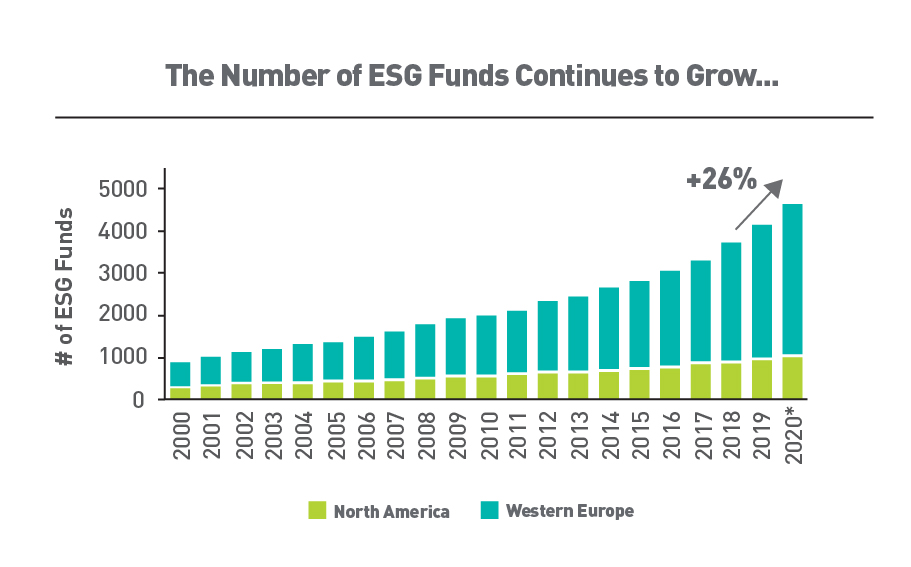
11 Tips for Implementing ESG Branding
So, your company has decided ESG is important to them (we agree). While ESG and establishing ESG goals should be a companywide initiative, let’s talk about best practices on which to activate it with leadership from the marketing team. In short, avoid governance issues by being authentic, realistic, and honest, and don’t be afraid to share the story and your brand’s ESG impact with numbers. So how do you get the most brand value from your ESG activities?
1. Set KPIs
As with any good marketing plan, set realistic ESG goals for internal and external communication of ESG values and successes while returning to it regularly to check progress.
2. Ensure alignment across the organization
We realize that ESG is not primarily a “marketing thing,” but to ignore the brand impact of great ESG policies and ESG investing in your marketing strategy is folly. How ESG is expressed as part of the brand must have buy-in from all levels and all key stakeholders across the organization. ESG is a part of company culture, not just one program with one business unit. Make sure the brand and company have a clearly defined purpose and realistic goals and ESG principles that will make a positive impact. A brand’s voice must incorporate that purpose in how it speaks to customers about a product as well as issues of the day, creating that brand’s ESG story. For example, it could be a blackout on social media for human rights or celebrating equality with promotional partners and events. This alignment between all teams is critical.
3. Craft your story
Make those who engage with your brand aware of the brand’s sustainable investment and ESG success stories through your marketing efforts. What differentiates your brand and company from others when it comes to these ESG values and benefits? Effective ways to do this include blog and vlog entries on your website, press releases, and editorial and LinkedIn content posts. The challenge is connecting this ideology to tangible results. That’s where a marketing team can really help craft the story in a compelling way.
4. Develop tentpole content
Develop tentpole content and determine subject matter experts, sourcing them from within your organization, and follow a content schedule to pull a common thread through all the priority initiatives.
5. Be findable
Remember that old philosophical question, “If a tree falls in the woods and there is nobody there to hear it does it make a sound?” The modern version probably starts something like, “If you create online content and nobody can find it…” So, engage your SEO team or partner. To develop ESG ratings for companies, there is increasing use of algorithms. What better way to influence that process than working on your search engine optimization to ensure your brand and company are both in the right mix and increase the odds of discovery and the value of the content you create?
6. Impact recruitment and retention
Especially today, it’s critical to remember your employer brand in every branding initiative. Working with both marketing and human resources, develop an employer brand strategy that incorporates ESG as a core component. The desire of younger generations—particularly millennials and Gen Z—to work with progressive brands prioritizing equality and sustainability is likely to continue for years to come. How do potential workers find out about your brand, reputation, and commitment to sustainable practices? Attracting the best talent and retaining them is critical to the success of ESG efforts and the bottom line. Is your employer branding showcasing that you’re a progressive company?
7. Engage corp comms
Engage your internal team via newsletters, intranet, and other corporate communications methods to ensure employees see these values in action and celebrate employees who live these values. This will help ensure that employees are aligned with the organization’s values.
8. Be consistent
Master consistency. A content schedule and regular monitoring and reviewing of content metrics allow a brand to ensure that it is building a foundation that can withstand any crisis by having a growing stockpile of values-based examples.
9. Be yourself
Successful ESG is all about sincerity and authenticity. Avoid the bombast and hyperbole. Tell your story and do the right thing. When programs don’t work out, be forthcoming and open about how the brand or company will address it.
10. Incorporate third-party validation
There are many organizations that create rankings in the business world that look to promote the values of ESG. If your brand or company qualifies, then, by all means, use that in your marketing. For example, Forbes Top Female Friendly Companies, Best Places to Work, The Civic 50 and America’s Most JUST Companies are just a few.
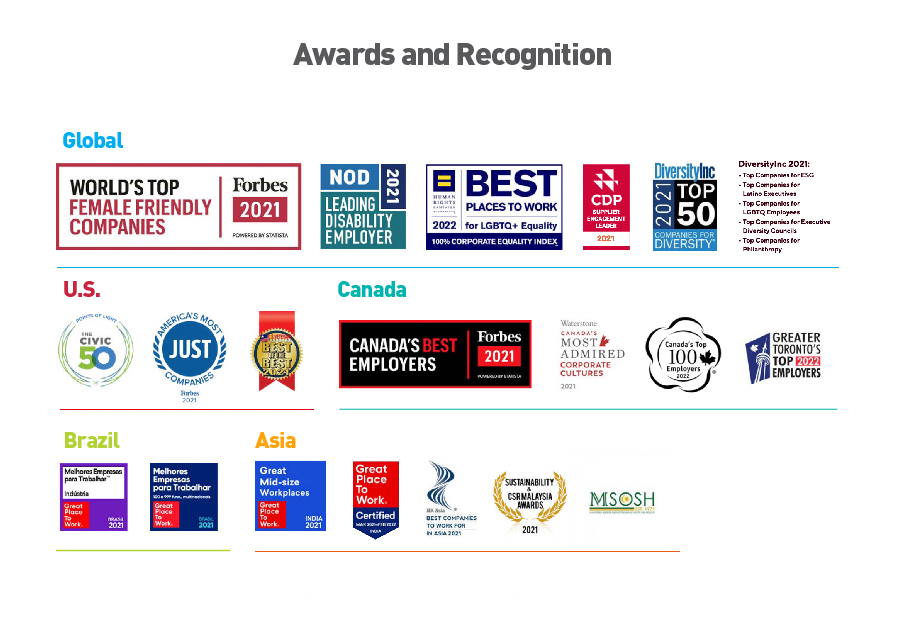
11. Be accurate
With increased regulatory oversight, it’s critical to ensure your numbers are there to back up your marketing storytelling. Accurate data has always been and will continue to be important to marketing and risk management, but make sure it dovetails in all aspects of your marketing messages more than ever.
An ESG Branding Example in Action
A real-life example of ESG branding in action is PriceWeber’s client, The Hershey Company. Hershey just issued their first ESG report in May of 2022. In a public blog post timed with the report’s release, Leigh Horner, Vice President, Corporate Communications & Global Sustainability, brought to life many of the marketing tactics referenced above. Here are some excerpts and the full link to the post that was also shared across company social platforms.
- “[The 2021 ESG Report] reflects an ESG strategy that is informed by strategic insights and commitments with focused efforts that touch every aspect of our business. Fundamentally, this work seeks to answer a critical question: how do we create a long-term sustainable business where our environment can thrive and where our many stakeholders and the individuals within our value chain can be successful for decades to come?” …
- “I’ve often shared that our employees who make our iconic and beloved brands love them as much as our consumers do. We know that people have an emotional connection to a Hershey’s Kiss or a Reese’s Peanut Butter Cup that puts a smile on their faces and, at least for a moment, brings a little goodness into their lives. ESG is a kind of map that guides how these products come to life and the positive impact we can make along the way.” …
- “And just as our business tracks our performance with metrics on sales, production and quality, we’re now also using tools and scorecards to monitor and improve our efforts related to ESG.” ….
- “We are proud of not just our products but the way our products came to be. It matters to us as a team, and it matters to our consumers. And for me, that’s good business.”
ESG Regulations: Looking Ahead
While this article is intended to focus on the branding element of ESG, we would be remiss not to mention a few broader watchouts. As ESG messaging and investments grow, so will regulation. Several organizations around the globe have already thrown their weight around to ensure companies promoting their ESG efforts are following through with their claims. As recently as May, the SEC proposed two rule changes to help prevent misleading or deceptive claims. This follows just a couple of months after the same group debuted rules requiring publicly traded companies to share how they disclose potential climate change impacts to their businesses.
In Barclay’s “10 ESG Themes for 2022” report, the multinational universal bank’s survey leads with increased regulation as its top trend for this year, followed by an importance on making positive ESG changes vs. simply divesting, investors increasingly looking for forward-looking data, and the growing importance of quantitative outcomes rather than case studies that may not have the strongest overall numbers behind them.
However, with all the above in mind, good marketing teams and their partners should always know that authenticity is essential to every good brand, but that there will be more scrutiny on ESG claims as time passes and that every business will be expected to “walk the walk.”
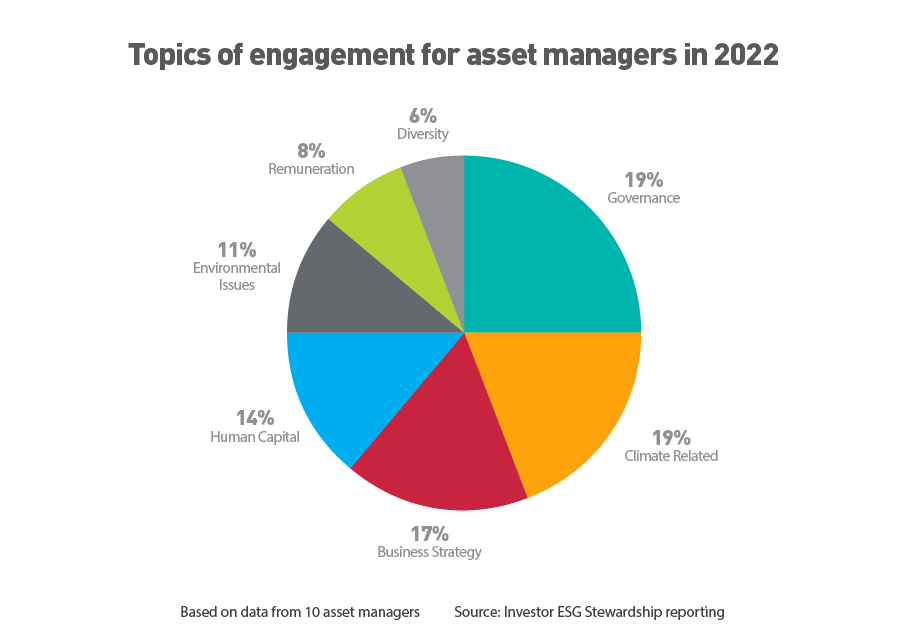
Get Expert Help With Your ESG Branding
If you are currently working through your ESG plan and want to discuss how best to communicate it with the market, your team, prospective employees, and your consumers, let’s chat! We’re happy to jump on a call at 502-499-4209, or you can drop us a line here.
Our Articles Delivered
Signup to receive our latest articles right in your inbox.

